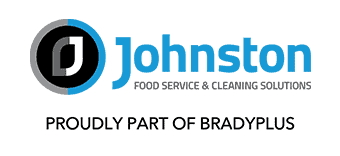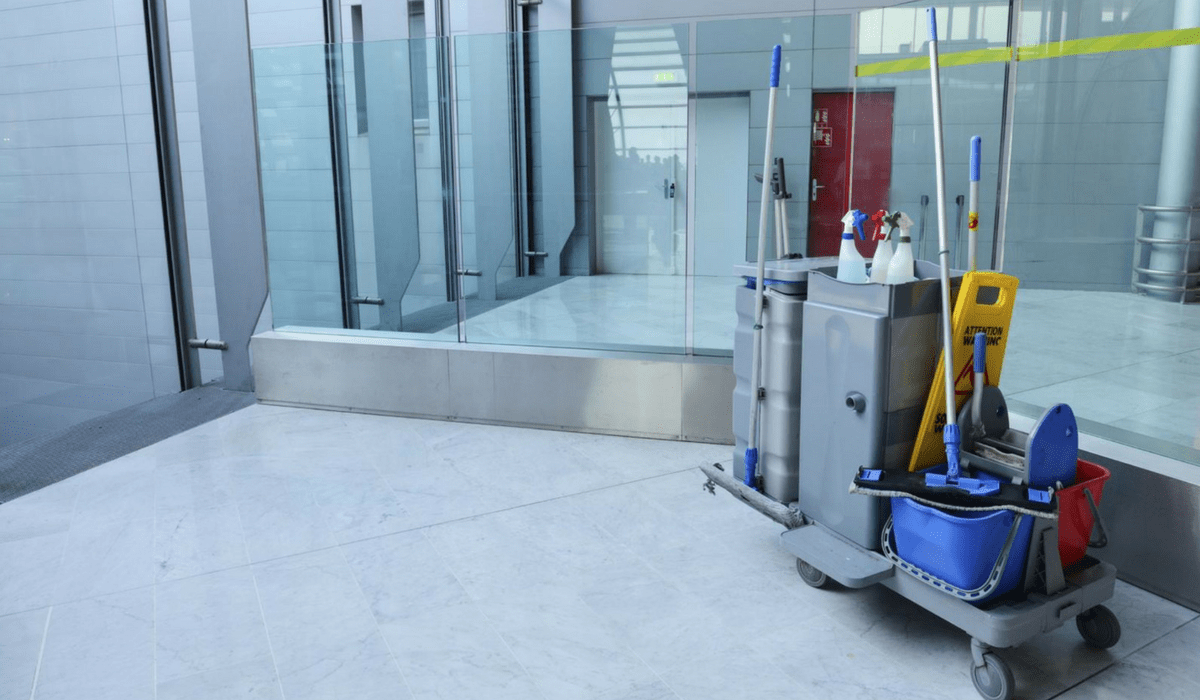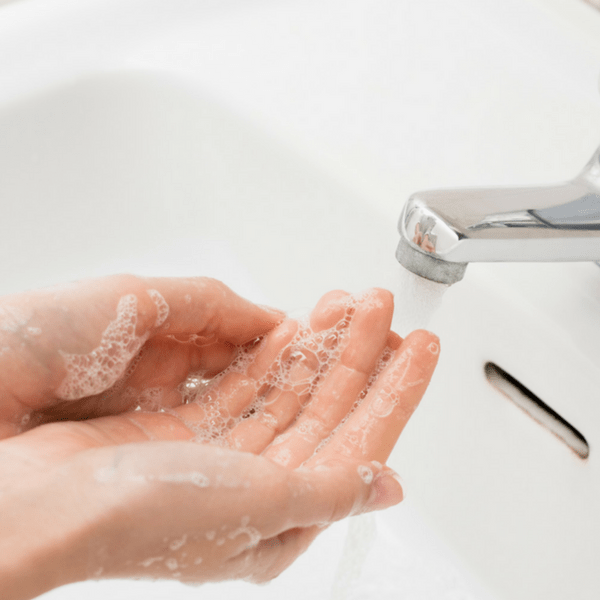How to Combat HAIs (Healthcare Acquired Infections)
One of the most basic approaches to the maintenance of hygiene, and one that is particularly important in the healthcare environment, is cleaning. But it doesn’t stop there. Healthcare facilities run a constant and persistent risk of harboring and spreading bacteria. Cleaning, which is essentially the use of soap and water to remove dirt and germs, is just the first part of the decontamination process that must be used to protect staff, employees, patients and their families.
Here are the steps involved in thoroughly combating healthcare-acquired infections (HAIs).
Combat HAIs Through Cleaning
Cleaning is essentially a mechanical process. Soap and water are used to suspend the microorganisms in the cleaning fluid, to be removed from the surface of the equipment. Soaps and detergents do not have any antimicrobial actions, so the sufficiency of the cleaning depends heavily on the mechanical action of the cleaner.
A thorough cleaning will remove most of the dirt and germs. However, cleaning that is not careful and purposeful can actual spread germs to areas that were previously clean. Therefore, cleaning should be carried out using strict protocols in order to guarantee an adequate level of cleanliness.
Combat HAIs Through Disinfecting
Disinfecting is cleaning taken to the next level. Often using chemicals, the goal of disinfecting is to kill all the living matter on a piece of equipment or furniture. This will reduce the likelihood that bacteria can hide in organic matter. However, this is not enough to guarantee the removal of all bacteria. Many germs, including those now known as superbugs, are able to resist and withstand the harshest of treatments.
Combat HAIs Through Sterilizing
Sterilizing is the part of the process where bacteria doesn’t stand a chance. Sterilizing an object or a surface means the killing and removal of all forms of life and biological agents. There are several ways to sterilize items, such as moist or dry heat, gas or chemicals, or radiation. Sterilizing is necessary in sensitive situations, such as operating rooms.
The Right Products in the Right Way
The key to an effective decontamination strategy is the proper use of the right products and proper cleaning methods used by staff who have been trained. Keeping soap dispensers filled and the floors mopped is important, but not enough. Regular and proper cleaning and disinfecting on a consistent basis is the best way to keep HAIs in check.
Remember, in the critical healthcare setting those who clean the floors and tables are not just making the facility look good. They are key members of the team that works hard to keep both patients and staff healthy by controlling the spread of infection.
Johnston & Healthcare
At Johnston, we will work with your facility to meet your standards of cleanliness! Reach out to a Johnston representative today to create a custom plan to ensure your facility avoids HAIs. Visit our contact page today.
About Johnston
Johnston has always stood for reliability, commitment, quality, and service. Our heritage means years of accumulated industry knowledge, the ability to see the bigger picture, and the know-how to determine the best possible approach. Combining this mastery with the drive to deliver exceptional results, Johnston goes beyond sales, developing strategic, end-to-end tailored solutions for its customer since 1881.



